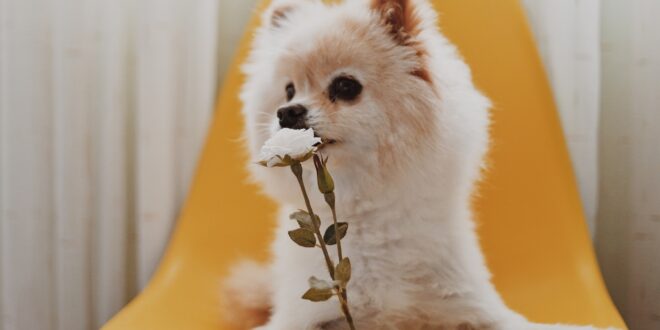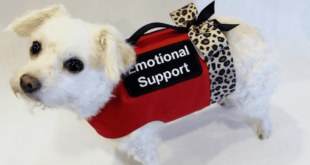Dogs are loyal and special pets that you cannot miss in every home. The joy and enthusiasm of a dog depend on the kind of care it is given. Dog care is a challenging task for many dog owners.
Hereby is a Brief Overview Of Dog Care Tips
1. Your dogs’ health
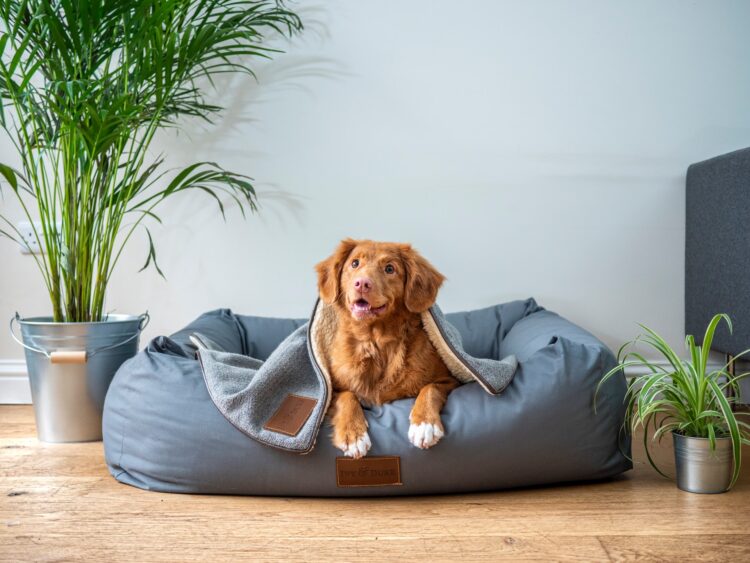
When you first get the dog, visit a veterinarian to get that initial shot and to get his first checkup. The vet should discuss vaccinations with you, details of previous treatments, which should have been provided by the previous owner.
The vet should check your dogs’ general wellbeing, going through a checklist which may include:
- Looking at his skin and coat
- Weighing him
- Checking his teeth
- Taking his temperature
- Listening to his heartbeat
The initial shots will include vaccinations for Bordetella Bronchiseptica, Canine Distemper, Canine Hepatitis, Canine Parainfluenza, Coronavirus (This is different from COVID-19), Heartworm, Kennel cough, Leptospirosis, Lyme disease, Parvovirus, and Rabies. The vet should provide the schedule for the vaccinations and the cost.
Good dog care also requires an annual checkup when shots will be updated.
Administer flea, tick, and heartworm prevention medication as needed. This is necessary to protect your dog from preventable health problems and keep him comfortable.
To help stem the tide of companion-animal overpopulation, spaying female dogs reduces the stress and discomfort they experience during heat cycles, reduces the chances of contracting various cancers. Neutering male dogs can change the pet’s journey, making them less likely to roam or fight. These are not the only ways to reduce or eliminate many of these behavioral concerns, having a fence, calming your dog during her heats, and training them properly also helps. Vasectomy, tubal ligation, and ovary-sparing spay are alternative options that are harder to come by but come with fewer health risks than spaying and neutering.
Purchase dog tags and get him registered in case he ever runs away or gets lost. Microchipping also increases the chances of finding your dog in such a scenario. The microchip, injected by a vet, has a tracking number that can be scanned if he ends up in a shelter.
2. Grooming
Wash your dog regularly with a dog shampoo, massaging it into your dog’s fur then rinse out all the shampoo. Make sure the water runs clear without suds then dry him off with a towel. A dog with short hair should be washed at least once every three months and a long-haired one more often. Of course, bathing the dog more often is better. Be sure to praise and give your dog treats when washing them so they develop positive feelings about bath time.
Brush the dog’s hair regularly, at least once a week for short-haired dogs and daily for long-haired ones. Brushing their hair prevents tangles and matted hair from forming in their fur. Tangles and matted fur are very uncomfortable for dogs and may require you to shave them if allowed to form.
Clip your dog’s nails using a specially made clipper, usually available in pet stores. If nothing else this will spare your furniture and maybe clothes. If you are concerned about hurting him while doing this, your vet can show you how to best do it or you can have a professional groomer trim the nails for you.
Brushing your dog’s teeth is also recommended as it prevents problems with tooth decay and gum disease as your dog ages. Bad breath may indicate excess bacteria is causing a problem. A vet can instruct you on how to best clean your dog’s mouth.
Grooming time is a good time to check your dog for fleas, ticks, and other health problems. Inspect the skin for any unusual growths, wounds, or tender areas. Also, check for excessive ear wax buildup and foul smells. Schedule an appointment with your vet as soon as possible in case things look abnormal.
3. Feeding
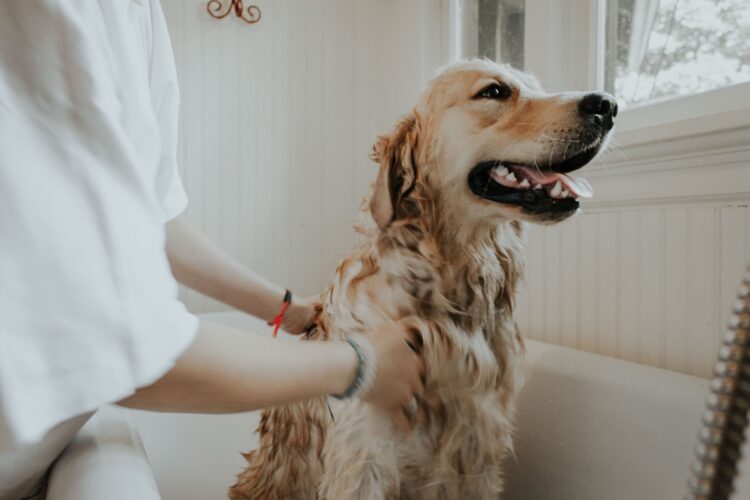
Your dog’s size and age will determine how often and how much he should be fed. In general, adult dogs only need to be fed once per day and the amount they eat is based on their weight. Weight charts can be found on dog food packages, indicating how much food your dog needs. Your veterinarian will also be able to help with how much you should be feeding your dog.
Be sure to give your dog plenty of fresh easily accessible drinking water every day. If your dog has been exercising or the weather is hot, they may require more water.
Give treats for good behavior and to show you care for him. A treat every day, such as dog biscuits or bones is a good idea to keep in hand.
If you’re feeding your dog a raw or BARF based diet, then different feeding guidelines may apply. According to Raw and Fresh, a general rule of thumb for raw feeding, is that a dog’s daily raw food intake should be the approximate equivalent to 2-5% of their body weight.
How much you need to feed your dog within this bracket will depend on their size, daily activity levels, age and individual health status. More active and larger dogs will expend more energy and require more food, whereas sedentary and smaller dogs require less.
You can transition a dog onto a raw food diet slowly, allowing time for their digestive system to adjust to the new food. In time, they will be able to eat more, and you can incorporate fuller raw meals to their diet.
Raw feeding is an excellent way to ensure your dog is getting optimal nutrients in their most bio-available form. Advocates of raw feeding will profess their dog’s healthier skin and shinier coat, better dental health, improved digestion and better overall health.
4. Exercise
For a dog to remain fit and healthy, exercise is very important. Failing to give your dog exercise, even simple daily walks, will usually leave them bored, stressed, destructive, and increases their risk of being obese and other health issues plaguing them.
Each dog has different activity needs so a good question to ask when you are practicing good dog care is how much exercise does your dog need?
The majority of dogs need 30 minutes to 2 hours of exercise each day. Several factors influence the intensity and duration of the daily exercise including age, diet, energy levels, and breed.
If you are unsure of your dog’s activity levels, start with 30 minutes, and see how they perform. Gradually increase the duration of the walks if you feel the dog needs it. Your dog’s breed also affects how much energy it has. Knowing the difference will help you determine the specific exercise needs for your dog.
Allowing your dog to go outside and play is also beneficial as it keeps him from forming destructive behaviors.
5. Training
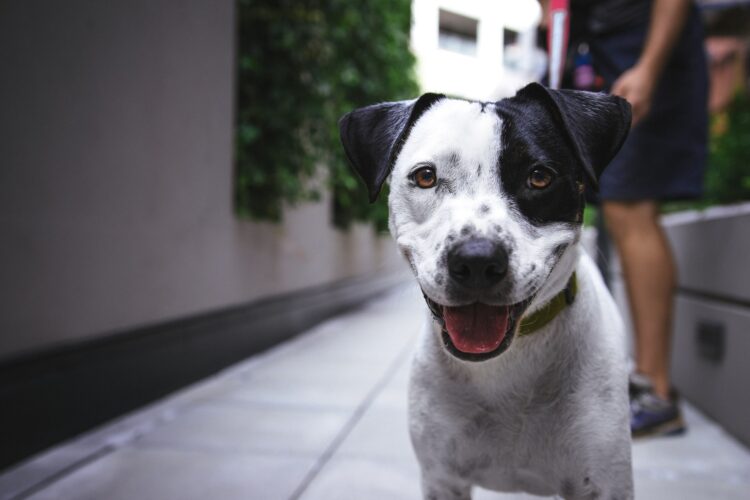
Putting in the time and effort needed to train your dog basic commands is recommended practice for dog owners. An obedience course would also help teach your dog some basic obedience skills such as sit, stay, and lay down. The training is also a good way to bond with your dog which is beneficial to both of you. It is best practice to keep the training sessions short and repeat them regularly. The short training time helps keep the dog’s attention and the repetition helps reinforce the lesson.
Positively reinforce good behavior by petting and praising him right away so he knows he did something good. Rewarding him each time with treats to show him these are behaviors you like. Ignore your dog when he is naughty so he learns to not repeat them. Never hit or scream at your dog. Punishing your dog in this way does not solve anything and may make the problem worse. Consult an animal behaviorist or certified dog trainer if you are having problems with your dog.
6. Love and affection
Shower your dog with love and affection just as they provide us with love, affection, and companionship. Do nice things for him. Buy him plenty of toys to play with and keep him stimulated. Chew toys, squeaky toys, rope toys, and others are good options depending on what the dog prefers. Provide a comfortable soft spot with a blanket for the dog to sleep every night. Wash the blanket regularly to keep it clean and dry.
Final words

In conclusion, dog care is essential for every dog. The above article clearly describes the tips to care for your dog.
 Hi Boox Popular Magazine 2024
Hi Boox Popular Magazine 2024
